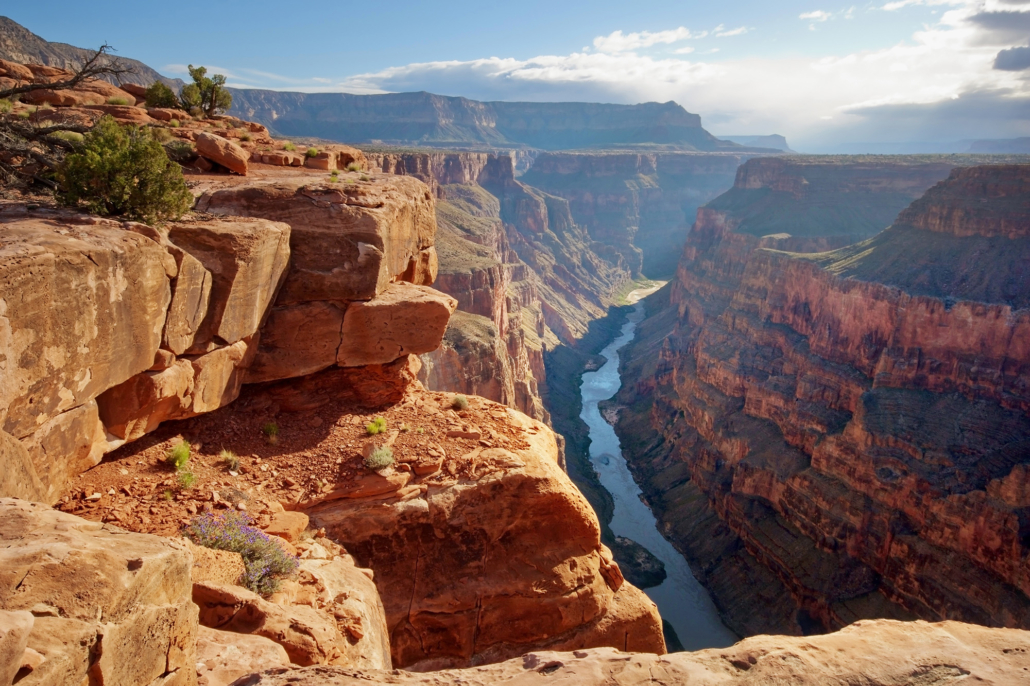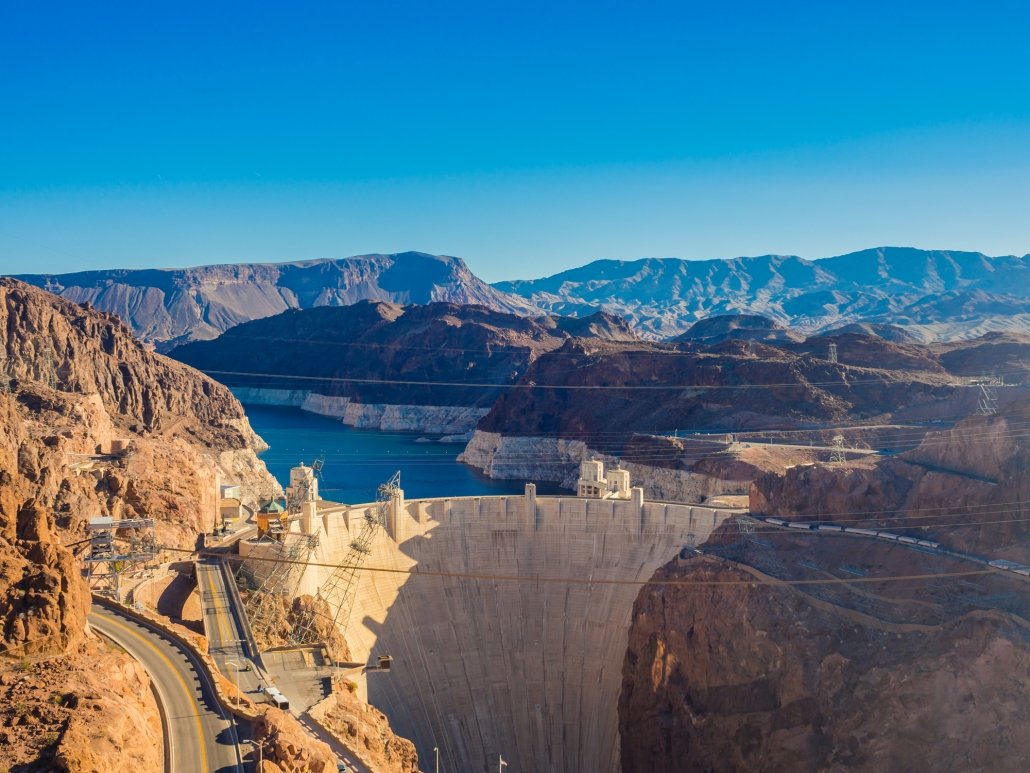The Colorado River, USA
The western states of the USA account for 60% of the land and 40% of the population but receive only 25% of the nation’s annual rainfall. Despite this, their water usage is as high as in the eastern states. Water management has played a crucial role in the growth of California and other western states.
Huge investments have been made in water transfer projects to support agriculture, industry, and population growth. California, for example, has reaped significant benefits from these investments. 70% of the water runoff originates in the northern third of the state, yet 80% of the water demand is in the southern two-thirds. As a result, vast amounts of water are transported from northern rivers to southern water bodies for irrigation and urban/industrial use.
The Colorado River, stretching 2333 km, is a vital water source in the southwest, providing for over 30 million people. But the population increase and rising agricultural and industrial demand have resulted in significant river water challenges.
Several major dams, like the Hoover and Parker Dams, line the Colorado River. The Central Arizona Project (CAP), costing $4 billion and completed in 1992, is the most recent initiative to divert water from this crucial river. CAP provides necessary water to Phoenix and Tucson, addressing the severe depletion of groundwater resources.
Resource management strategies include cutting down leakage and evaporation losses, promoting water recycling in industries, imposing more realistic prices for irrigation water, enhancing efficient irrigation systems, and shifting from water-intensive crops like rice and alfalfa to less water-demanding ones.
Future options encompass developing new groundwater sources, investing in more desalination plants, and constructing offshore aqueducts that would transport water from the Columbia River in the northwest USA to California under the ocean.
Planning for the future water supply in the southwest now generally acknowledges that all viable options should be considered.


